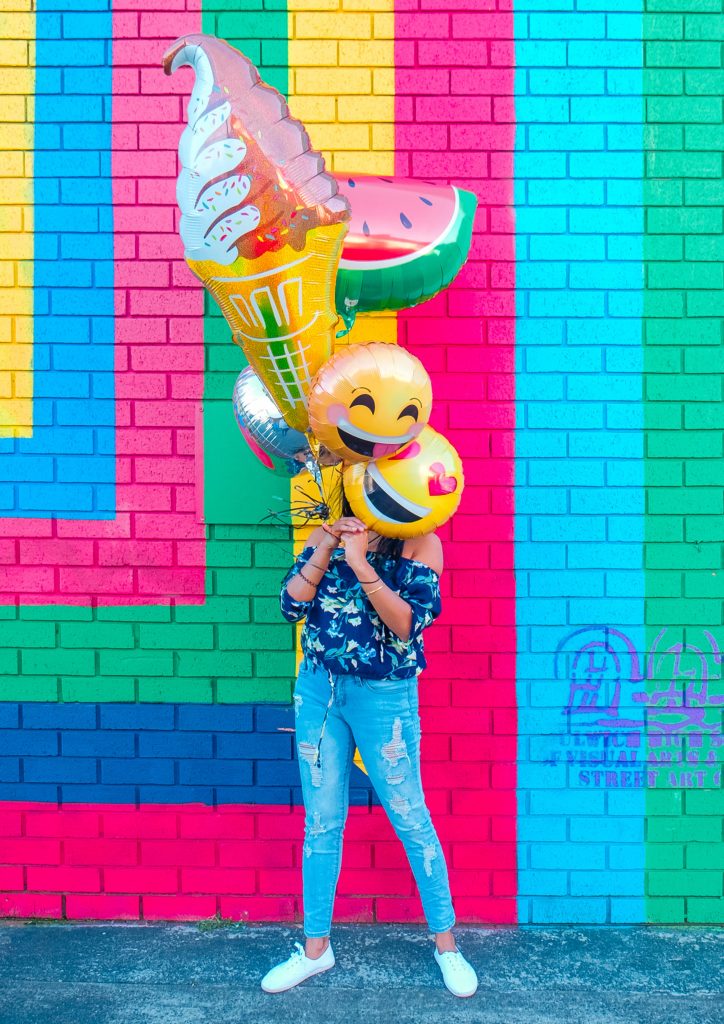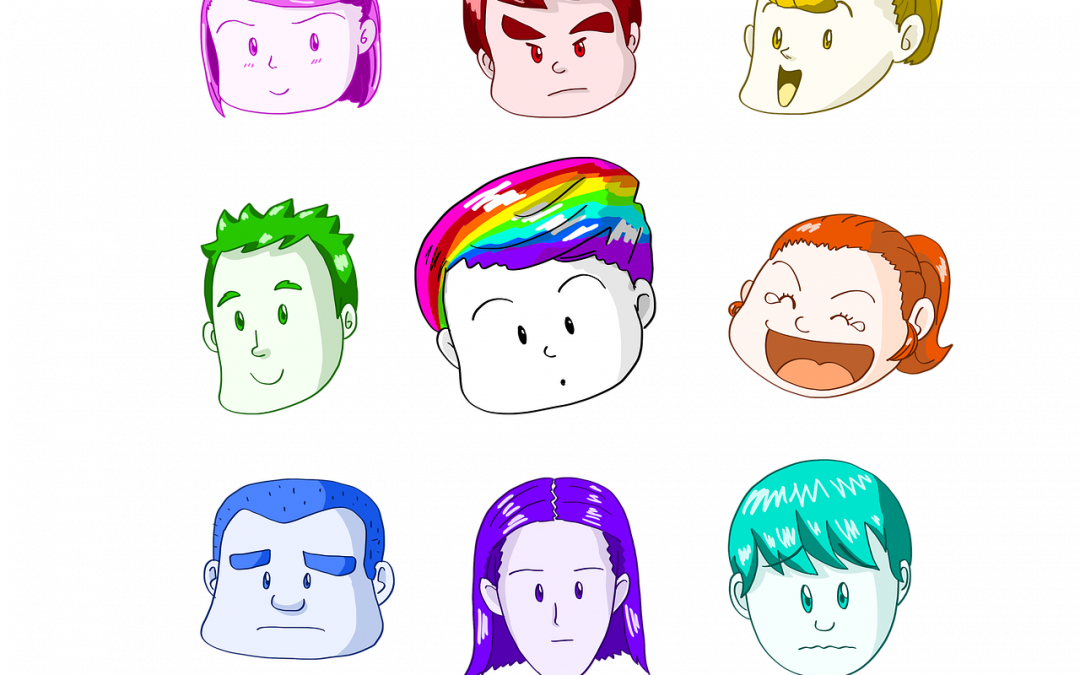Emotions & Colours
The connection between colours and emotions is a complex and fascinating aspect of human cognition and language. Throughout history, cultures and societies have associated specific colours with certain emotions or moods. While the exact associations may vary between cultures and individuals, there are several universal connections between colours and emotions that seem to transcend language barriers.
The connection between colours and emotions is a complex and fascinating aspect of human cognition and language. Throughout history, cultures and societies have associated specific colours with certain emotions or moods. While the exact associations may vary between cultures and individuals, there are several universal connections between colours and emotions that seem to transcend language barriers.
One of the most well-known colour-emotion connections is the association of red with passion, excitement, and anger. This association is believed to stem from the physiological effects of the colour red, which can increase heart rate and blood pressure, as well as the cultural significance of red in contexts such as love, war, and danger.

One of the most well-known colour-emotion connections is the association of red with passion, excitement, and anger. This association is believed to stem from the physiological effects of the colour red, which can increase heart rate and blood pressure, as well as the cultural significance of red in contexts such as love, war, and danger. Similarly, the colour blue is often associated with calmness, serenity, and sadness. This connection may be influenced by the soothing qualities of blue light, as well as cultural associations with the sea and sky.
Other common colour-emotion connections include green with nature, growth, and envy; yellow with happiness, joy, and caution; and black with death, mourning, and mystery. These associations may be influenced by a variety of factors, such as cultural symbolism, personal experiences, and the physical properties of colours.
In addition to these broad associations, there are also more subtle and nuanced connections between colours and emotions. For example, different shades or hues of a colour can evoke different emotional responses. A bright, vibrant red may convey excitement and passion, while a darker, deeper red may convey danger or sensuality.
Language plays a crucial role in reinforcing and shaping these colour-emotion connections. Words and phrases such as “feeling blue,” “green with envy,” or “seeing red” convey complex emotional states through simple colour associations. These linguistic connections can also influence our perception of colours, making it difficult to separate our emotional responses from the physical properties of the colours themselves.
The connection between colours and emotions is a complex and multifaceted aspect of human cognition and language. While the associations may vary between individuals and cultures, they are a fundamental part of our understanding of the world around us. Through language and culture, we are able to express and share our emotional experiences through the symbolic power of colour.
